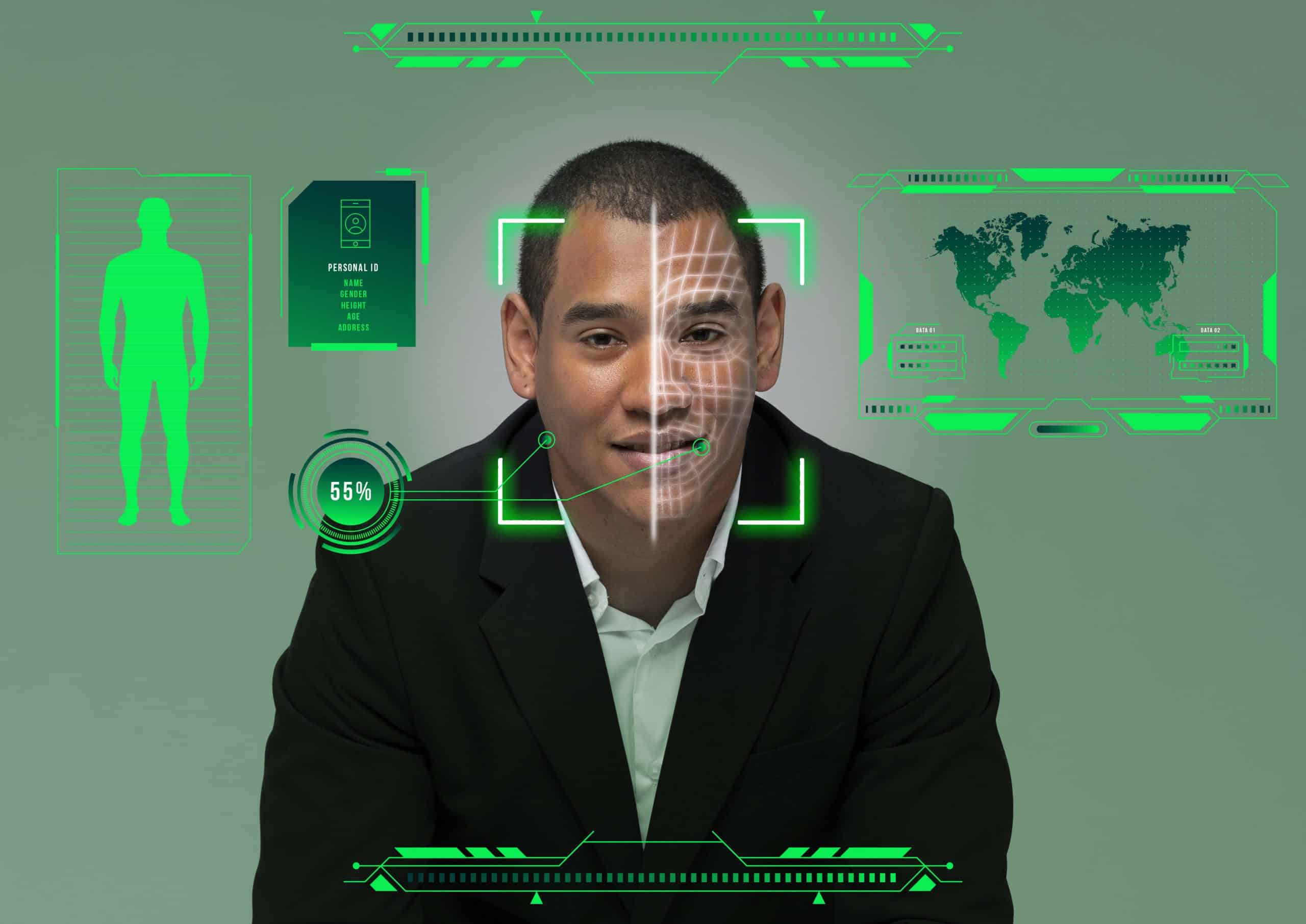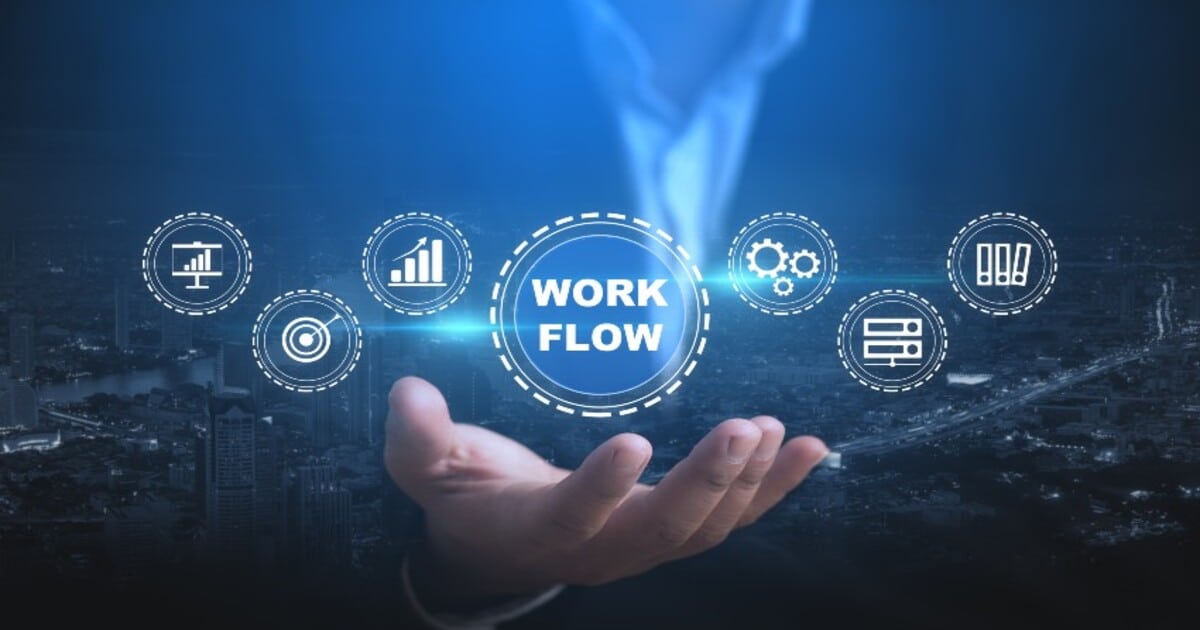Modern journalists need AI Image Detector technologies. This guide shows journalists how to use AI image detectors to check images, stop false information from spreading, and make sure that visual reporting is accurate.
There was a time when pictures were the best proof of the truth. You have proof if you had a picture. But in today’s digital world, where deepfakes, AI-generated pictures, and altered photos are everywhere, journalists can’t just trust what they see anymore.
The advent of the AI image detector is a new front in the fight against false information for reporters, editors, and fact-checkers in the newsroom. But how do these tools really work? And how can you use them in your daily reports without having to learn a lot about technology?
From a journalist’s point of view, this guide will teach you everything you need to know about AI image detectors, including the tools, the methods, the ethical issues, and why all of this is more important than ever.

Why Journalists Need AI Image Detectors Right Now
Trust is the foundation of journalism. Every statistic, comment, and picture that a journalist publishes affects how trustworthy they are. But now that AI technologies like Midjourney, DALL·E, and FaceSwap are available to everyone, it’s easier than ever for fake images to look authentic.
Images may spread like wildfire in a matter of minutes. A digitally changed picture of a political leader or a war zone might affect thousands, if not millions, of people before any changes are made. And even then, the harm is usually done.
That’s why journalists have to use AI image detectors now. They are really important.
What is an AI image detector?
An AI image detector looks at pictures to see if they were made, changed, or improved by AI. AI image detectors don’t hunt for matches online like reverse image search tools do. Instead, they examine at the structure of the image itself, including its pixel patterns, information, and other strange things.
In journalism, these technologies can be used to:
- Check the validity of photographs sent in by sources
- Check viral images before they are published
- Flag possible deepfakes in breaking news coverage
- Teach people about false information in images
- It’s a digital “gut check” that lets you ask, “Can I trust this image?”
How AI Image Detectors Work (In Plain English)
You don’t need to be an engineer to get the essentials. AI image detectors look for indicators that an image wasn’t taken by a camera but was instead made or changed by software.
- Recognising Patterns
AI-made pictures often feature faults that are symmetrical or textures that repeat. Someone might have earrings that don’t match or fingers that don’t quite fit together. The tools look for these problems.
- Analysing Metadata
Most real images have metadata, such the type of camera used, the time it was taken, and the GPS position. AI tools often remove or replace this data. A blank metadata field could be a sign of trouble.
- Analysis of Error Levels
ELA shows how different sections of an image are compressed in different ways. Edited or created areas frequently compress in a different way than areas that weren’t modified.
- Models for Deep Learning
Thousands of AI-generated photos are used to train more advanced detectors. These systems figure out what “real” and “fake” look like and how likely it is that each fresh picture was created by AI.

Best AI Image Detection Tools for Reporters
Let’s look at the tools that can help reporters swiftly and confidently check photographs. Many of these are free or have trial versions, which is great for newsrooms who are on a tight budget.
- Moderation of the hive
Pros: Quick, able to grow, and made for content platforms
Use it to: Moderate a lot of content, find fake photos, and find nudity
Best part: access to the API and a wide range of image content categories
- Sensity AI’s strengths are: Analysis of deepfake detection and manipulation
Use it to check the truth of political or celebrity stuff. Its best feature is Tools for forensic work backed by research from schools
- Illuminarty
Good things: Lightweight and easy-to-use interface
Use it to quickly scan pictures on social media.
The best thing about it is: Updates to the model in real time for finding graphics made by GANs 4. Optic (AI or not)
Strengths: No need to log in, thus it’s great for novices.
Use it to see if pictures were made by AI.
Best part: A clear probability scale with colours
- Deepware Scanner Pros: Works with apps and can find both images and videos
Use it to check things while you’re on the go.
The best thing about it is Field reporters can access it on their phones.
Real-Life Examples in Newsrooms
- Covering Areas of Conflict
Fake pictures can spread quickly during combat reporting. Before photographs are used in stories or broadcasts, AI image detectors assist make sure they are real.
- Looking into fake profiles
Journalists that are looking for scams or phoney influencers can employ detectors to see if AI made the profile photographs.
- Checking User Submissions
Images from protests, tragedies, or local events that were taken by a lot of people need to be checked. A short examination with a detector can find obvious fakes.
- Checking the facts on social media
When viral posts have pictures that look dubious, fact-checking teams can utilise AI detectors to check them out before they are published.
How to Use AI Image Detectors in Your Work Flow
If you work in a newsroom or as a freelance writer and have a lot of different tasks to do, here’s a useful method to make picture verification tools a part of your daily life:
- Make a Triage System
Before they are published, every photo should be checked quickly. First, do a reverse image search, and then an AI detection.
- Write down the steps
Write down the checks that were made. This makes things more open and protects the newsroom if someone says they sent out false information.
- Teach your squad
Hold training sessions to show your employees how to use the different AI image detectors. Give advice and examples from real life.
- Use together
Use AI image detectors along with your gut feeling. If something doesn’t feel right, it’s probably not right. When it comes to journalism, trust your gut.

Journalists Should Think About the Ethics of Using AI Image Detectors
- Don’t make up stuff
No tool is always right. Before you say an image is false, be careful. Say things like “looks like it was made by AI” or “flagged for more review.”
- Keep your privacy safe
Scanning private photos or unpublished works could be a violation of privacy. Always follow the rules for writing and the law.
- Using Detection Disclosure
Some places have signs that say things like “AI image detection tools confirmed the image.” Being honest and open will make readers trust you more.
Things Journalists Should Never Do
- Using only one tool: Use a mix of old-fashioned methods and a few detectors.
- Not getting the metadata right: If there isn’t a timestamp, it doesn’t mean something is fraudulent; it could have been cropped or posted again.
- You put too much faith in technology. Tools can help you make a choice, but they can’t do it for you.
How to Get AI Pictures Without a Scanner
Your eyes are all you need sometimes. Be careful of:
- Not quite right symmetry: The faces are too perfect, and the backgrounds are too pristine.
- Backgrounds that are blurry, especially around hair or at the margins.
- Mistakes in clothing: phoney logos and text that are turned sideways.
- strange reflections or shadows: Light that doesn’t work the way it should.
These clues don’t prove anything, but it’s a good idea to look at them again.
What will AI image detectors do next in the news?
- Detection in CMS in real time
AI detection may eventually be embedded into content management systems for newsrooms, automatically reporting photographs that look suspect.
- Standards for Visual Watermarking
Some AI image producers are trying out putting hidden watermarks in images. In the end, journalists could be able to examine the veracity of a source like they would a certificate.
- Image verification that isn’t centralised
You can use blockchain to keep track of image generation data. It would be hard, but it would let newsrooms keep track of where an image came from on several platforms.
AI Image Detector Tools Are Here to Stay
In a world where lies may spread faster than the truth, journalists need all the tools they can get to check what they write.
An AI image detector isn’t a magic wand; it’s a torch. It helps make things clearer by showing what’s real, what’s not, and what needs further attention.
These tools can help
Trust will still be the foundation of journalism in the future. But that trust now hinges, in part, on knowing which images to believe and which ones to be sceptical about.
To stay updated on the latest AI developments and tool reviews, follow us on our social media channels:
- YouTube: https://youtube.com/@AItoolsbiz
- Twitter: https://x.com/AItoolsbiz
- LinkedIn: https://www.linkedin.com/in/aitoolsbiz







